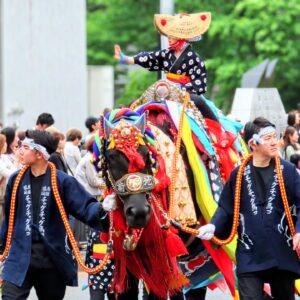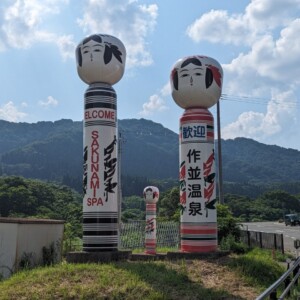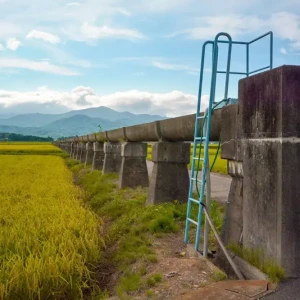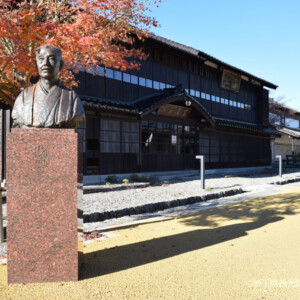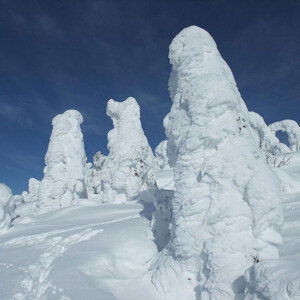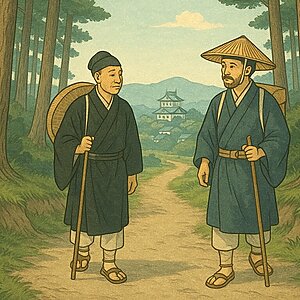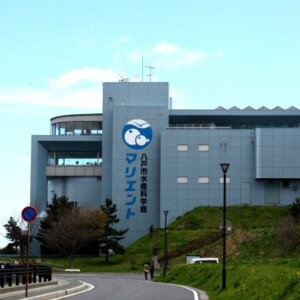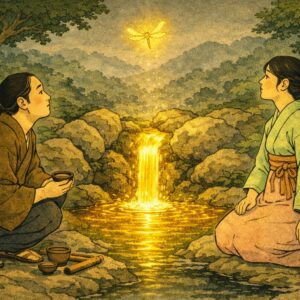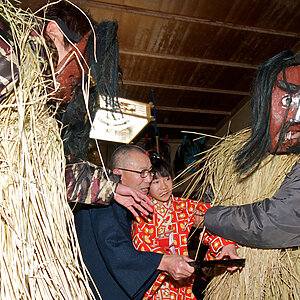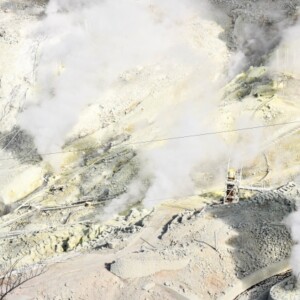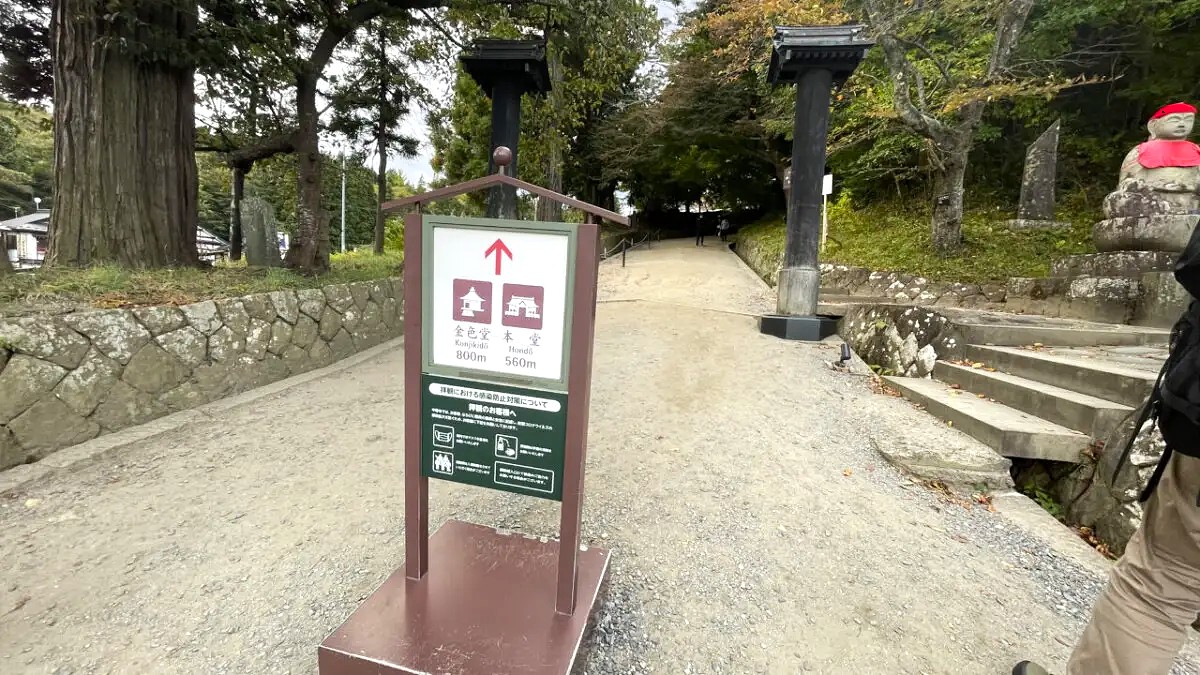
[JR East Pass Trip: Day 2 Part 2] Intensive exploration of Hiraizumi! World Heritage Sites: Chusonji Temple and Kinjido
table of contents
- 1 Why is "Hiraizumi Cultural Heritage" a World Heritage Site in the first place?
- 2 Climb Tsukimizaka and head towards the World Heritage Site, Chusonji Temple
- 3 Chusonji Temple, a single mountain temple
- 4 Summary of today's transportation costs for the second day (compared to regular fares)
- 5 JR East Pass Travel Series
This is a continuation of.
In the first half of the second day, we traveled from Akita to Hiraizumi via Morioka and Ichinoseki, where we ate wankosoba at Izumibashian in the Chusonji Town Parking Lot
After lunch, we finally headed to the World Heritage sites of Chusonji Temple and Motsuji Temple. The JR East Free Pass is valid for three days, but this time we will be traveling for two days and one night
Our journey is finally coming to an end. Everyone, please come along!
But before that,
Why is "Hiraizumi Cultural Heritage" a World Heritage Site in the first place?
I think there are quite a few people who think this way
To explain, I will quote from the "Hiraizumi Cultural Heritage Guide":
"Hiraizumi's expression of an ideal world is considered to be unparalleled, and its temples and gardens, which attempted to create an ideal world on earth, developed uniquely in Japan while being influenced by foreign countries. Within Buddhism, a diverse range of temples and gardens, especially those built based on the principles of Pure Land Buddhism, remain well preserved as a group."
That is the biggest reason
To be inscribed on the World Heritage List, a property must have "outstanding universal value."
To prove this,
①It must meet at least one of the ten value criteria set out by the World Heritage Committee
② Meet the requirements of truthfulness and completeness
3) Effective preservation and management system
It must be shown that the following is in place:
Among them, Hiraizumi was recognized for ii and vi of the "10 Value Standards" in ①
[Interchange of ideas and culture in Hiraizumi]
Criterion ii: It represents an exchange of values over a period of time or within a cultural area that has had a significant influence on the development of architecture, technology, monuments, urban planning, or landscape architecture
[Reflections of Hiraizumi's philosophy that are passed down to the present day]
Criterion iv: It is directly or substantially associated with an event, living tradition, idea, belief, artistic or literary work of outstanding universal significance
the World Heritage List on June 29, 2011 , deepening the understanding of the prefecture's residents and people from around the world, and ensuring that it will be passed on to future generations through appropriate preservation.
Climb Tsukimizaka and head towards the World Heritage Site, Chusonji Temple

From the Tsukimizaka entrance on the Chusonji approach to the main hall of Chusonji Temple, the distance is about 700m uphill and takes about 11 minutes to walk
Along Tsukimizaka, you will find Hachiman-do Hall, Benkei-do Hall, Jizo-in Temple, and Kannon-do Hall
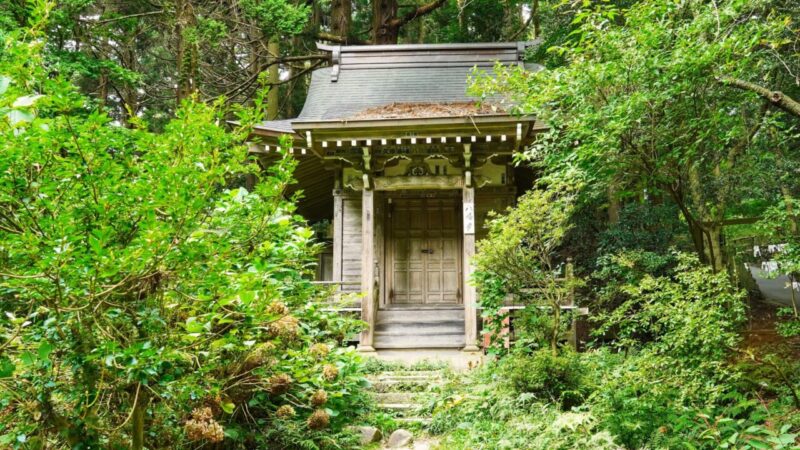
The first Hachiman-do Hall you come across after climbing Tsukimizaka is said to have been founded in 1057, when Minamoto no Yoriyoshi, who was the governor of Mutsu at the time, and his son Yoshiie prayed for victory on Tsukimizaka in the grounds of Chusonji Temple in order to defeat the Abe clan, the leader of the prisoners of war
About 100m from Hachimando, if you go up the slope, you will come across the East Lookout on the right side of the mountain, where you can see the Kitakami Plain
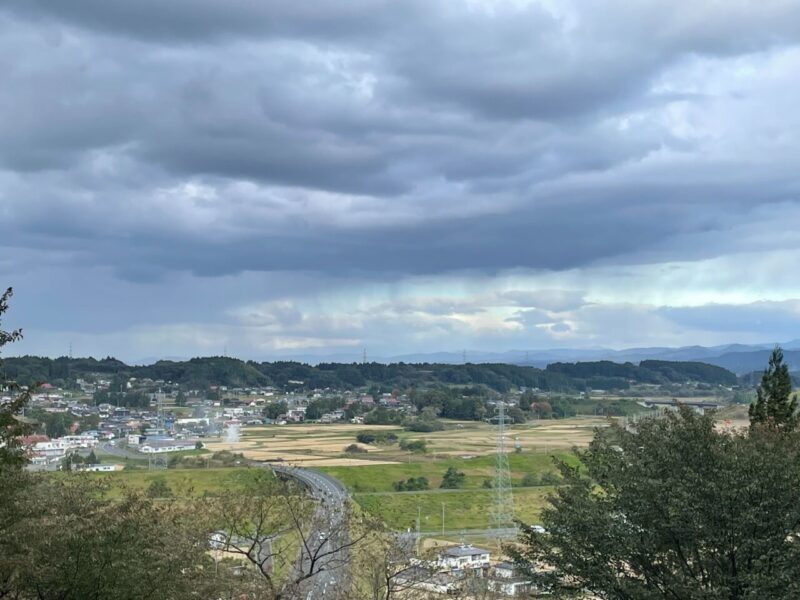
The Kitakami Plain, also known as the Kitakami Basin, is a long, narrow lowland stretching from Morioka City to Oshu City, sandwiched between the Ou Mountains to the west and the Kitakami Highlands to the east, measuring 90 kilometers north to south and 10 to 20 kilometers east to west. It is a basin in the Kitakami River basin in the western part of Iwate Prefecture
Opposite the East Lookout is Benkei-do Hall
Benkei-do Hall, which enshrines Kichizo Bodhisattva as its principal image

During the Heian period, Benkei-do Hall was known as Atago Shrine, and the principal image of the hall was Kichizo Bodhisattva, the god of fire prevention and guarding the five directions. It was later rebuilt in 1826, and wooden statues of Yoshitsune and Benkei were placed next to it
The statue of Benkei currently enshrined there depicts him fighting bravely to the end for his lord, Yoshitsune, and becoming stranded at Koromogawa River
After passing Benkei-do, Jizo-do, Yakushi-do, and Kannon-do, and climbing up Tsukimizaka, you will see the main gate of Chuson-ji Temple's main hall on your right
Chusonji Temple, a single mountain temple
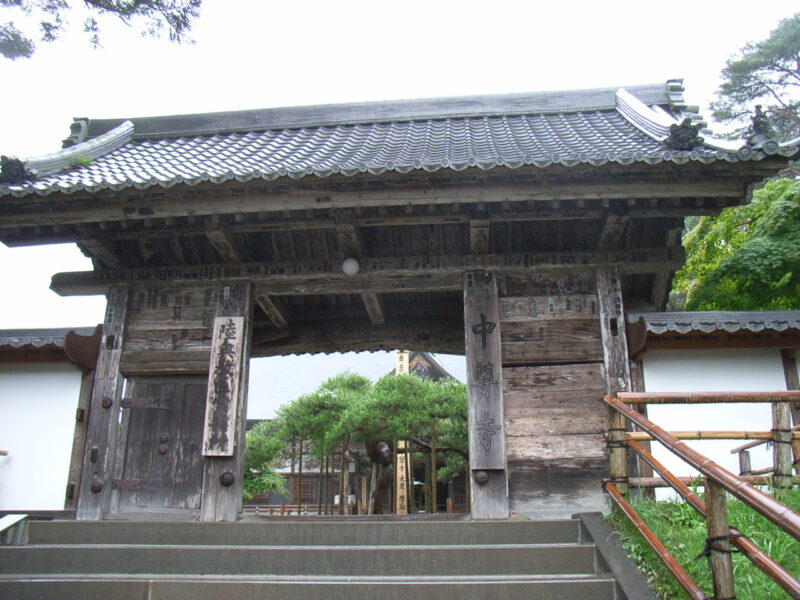
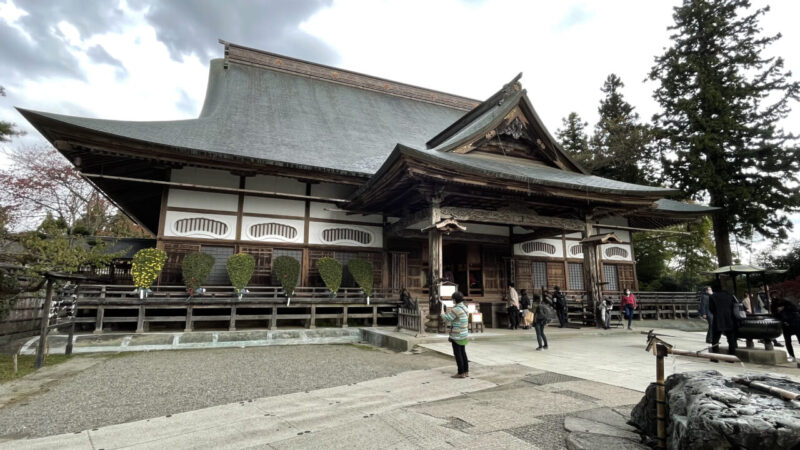
Chusonji is the general name for the entire mountain, which was founded in the third year of the Kasho era by the high priest Jikaku Daishi Ennin of Mount Hiei. It is a single mountain temple consisting of the main temple, Chusonji, and 17 branch temples within the mountain
The main hall of Chusonji Temple is the central building of the temple complex, which is made up of 17 branch temples within the mountain, and was rebuilt in 1909 (Meiji 42)
Most of the memorial services and ceremonies held at Chusonji Temple are held in this main hall
It's been about 10 years since I last visited the main hall of Chusonji Temple. Maybe even longer
I remember climbing Tsukimizaka, but when I visited the main hall of Chusonji Temple, I felt like I was checking my past memories all by myself
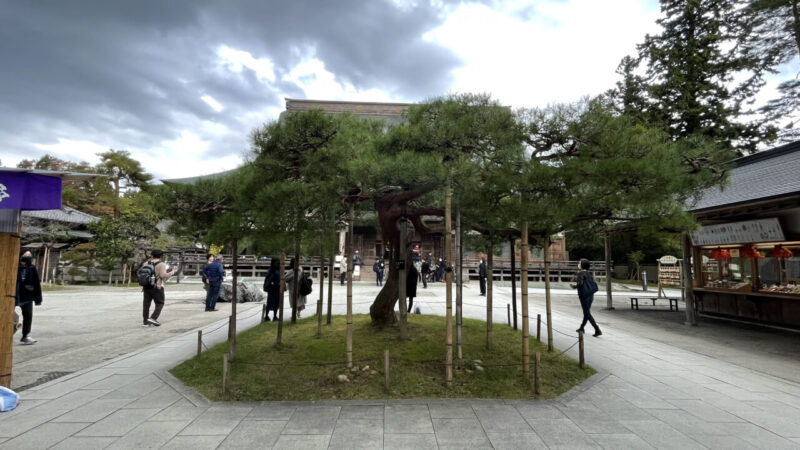
We will visit the main hall of Chusonji Temple and then head deeper into the mountains of Chusonji Temple
Sankozo of Chusonji Temple
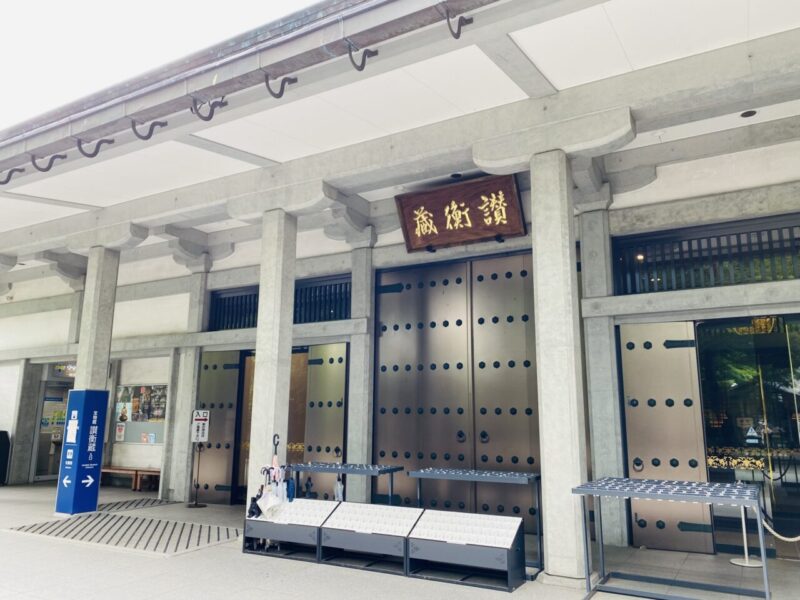
Chusonji Temple , which opened in 1955, but the current Sankogura was rebuilt in 2000.
The name Sankogura was given to honor the great achievements of the three generations of the Oshu Fujiwara clan ( Kiyohira , Motohira , and Hidehira ), and the treasure museum houses over 3,000 cultural assets, including various Buddha statues from the Heian period, the national treasure Chusonji sutra, and grave goods from the bodies of the Oshu Fujiwara clan.
Photography is prohibited inside the building so we will not post any photos, but once inside you will be overwhelmed by the three 106cm tall Buddha statues (Seated Yakushi Nyorai (Aka Yakushi)), Seated Amitabha Nyorai, and Seated Yakushi Nyorai (Mine Yakushi)) enshrined there
Other exhibits include the Golden Light Sutra, a gold-lettered pagoda mandala, and a standing statue of the Thousand-Armed Kannon Bodhisattva
Since it also serves as a museum, there is an admission fee (a combined ticket with the Konjikido), but we highly recommend stopping by when you visit
INFORMATION
- Name: Sankozo of Chusonji Temple
- Address: 202 Kinuzeki, Hiraizumi, Hiraizumi-cho, Nishiiwai-gun, Iwate Prefecture, 029-4102
- Admission fee: Adults 800 yen / High school students 500 yen / Middle school students 300 yen / Elementary school students 200 yen (all tickets include the Golden Hall)
- Closed: Open daily
- Visiting hours: March 1st to November 3rd: 8:30am - 5:00pm / November 4th to February 28th: 8:30am - 4:30pm
GOOGLE MAP
The original remains of the Golden Hall
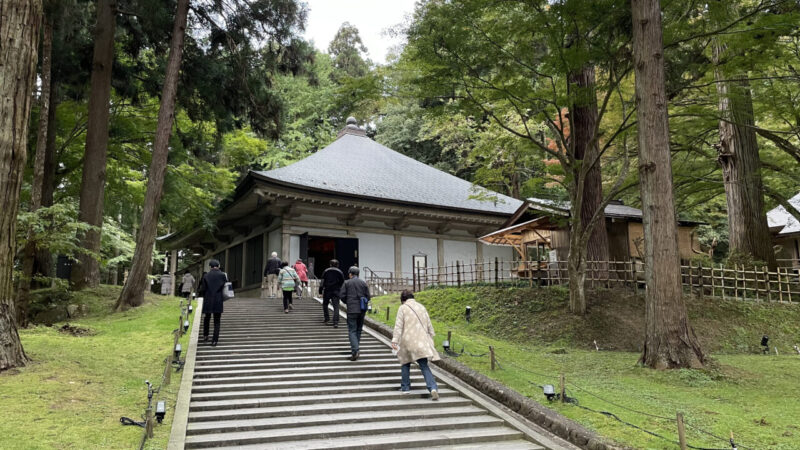
The Golden Hall was built in 1124 by Kiyohira, the first head of the Oshu Fujiwara clan
Like Sankozo, photography is prohibited inside the building, so the photo is of the exterior only, but among the many buildings and pagodas at Chusonji Temple, this one is particularly elaborately designed and concretely depicts the state of paradise
The inner sanctuary of the Golden Hall, known as "all gold" with gold leaf applied inside and out, is decorated with mother-of-pearl inlay work using luminous shells brought from the far South Seas across the Silk Road, as well as ivory and jewels
Amida Buddha, who sits at the center of the dais, is flanked on both sides by Kannon Seishi Bodhisattva, six Jizo Bodhisattvas, Jikokuten and Zochoten, making this a unique composition of Buddhist statues
The remains of the first lord, Kiyohira, who built Chusonji Temple, the second lord, Motohira, who built Motsuji Temple, the third lord, Hidehira, who invited Minamoto no Yoshitsune to Oshu, and the fourth lord, Yasuhira, are still placed in golden coffins on a pedestal decorated with peacocks
This is a quote from the official Chusonji Temple website:
At the end of the Heian period, which is said to be the peak of Buddhist art, Lord Kiyohira, who lost his family in two major battles in the Tohoku region and later ruled the region, built the temple to guide the souls of all those who died in battle and all living things who had died without cause to the Pure Land, and to bring peace to the region.The temple buildings and pagodas of Chusonji Temple still convey the ancient splendor of the temple to this day
Yes, this Golden Hall is a temple tower built by Lord Kiyohira, who ruled the Tohoku region during the mature period of Buddhist art
The Golden Hall is the only remaining structure from the original construction at Chusonji Temple, and is one of the buildings that has remained in its original state despite the numerous fires that have occurred at Chusonji Temple
INFORMATION
- Name: Chusonji Golden Hall
- Address: 202 Kinuzeki, Hiraizumi, Hiraizumi-cho, Nishiiwai-gun, Iwate Prefecture, 029-4102
- Admission fee: Adults 800 yen / High school students 500 yen / Middle school students 300 yen / Elementary school students 200 yen (all tickets are combined with Sankozo)
- Closed: Open daily
- Visiting hours: March 1st to November 3rd: 8:30am - 5:00pm / November 4th to February 28th: 8:30am - 4:30pm
GOOGLE MAP
There are other temples in Chusonji Temple as well
- Mine Yakushido: The 180cm tall Yakushi Nyorai statue enshrined in Sankozo was originally the principal image of this hall.
- : The principal image, the Rishi Manjusri Bodhisattva (Important Cultural Property) and the Kanji ...
- Old Covering Hall: Also referred to as the "Sheath Hall" in old records, many literary figures, including Matsuo Basho, as well as historical figures such as Date Masamune and Emperor Meiji, have entered this dimly lit hall to pay their respects at the Golden Hall. Originally located elsewhere within Chusonji Temple, it was moved to its current location during the dismantling and repair of the Golden Hall (the Great Showa Restoration).
- Shakado Hall: Rebuilt in 1719, the main image is the Shaka Triad, and on January 6th, many monks from Chusonji Temple hold a New Year's memorial service here.
- Benzaiten Hall: The principal image of the temple, the 15 children of Benzaiten, was donated in 1705 by Senhime, the wife of Lord Date Tsunamura, the lord of the Sendai domain, and the hall was built in 1716.
- Noh Theater: This Noh stage was rebuilt in 1853 by the Date clan and is an authentic Noh stage of full scale and style. Even today, every year on May 4th and 5th, the traditional Sanban and Shinji Noh plays are performed by monks from the Chusonji temple.
There are many temples, pagodas, storehouses, Noh stages, etc
After having lunch and taking a leisurely stroll around Chusonji Temple, it was past 4pm and we wanted to head towards Motsu-ji Temple and the ruins of Kanjizaio-in Temple, so we decided to head back down from Chusonji Temple around here
This is a long story, so I will talk about Motsu-ji Temple and the ruins of Kanjizaiō-in Temple in the next part .
Summary of today's transportation costs for the second day (compared to regular fares)
This is a summary of travel and fares for the second day
The journey departs from Akita Station and passes through Morioka Station and Ichinoseki Station before arriving at Hiraizumi Station. Here is the fare table at the end!
Railway East Japan 150th Anniversary Free Pass Ticket 22,150 yen
| traffic section | train | Regular fare | Ride time |
| Akita Station - Morioka Station | Komachi No. 18 | 4,620 yen | 1 hour 48 minutes |
| Morioka Station - Ichinoseki Station | Yamabiko No. 60 | 3,560 yen | 39 minutes |
| Ichinoseki Station - Hiraizumi Station | Tohoku Main Line | 200 yen | 7 minutes |
| Day 2 first part total | 8,380 yen | 154 minutes |



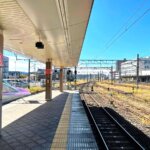
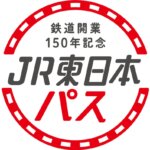

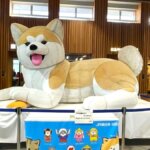

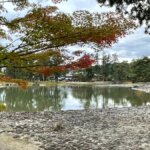
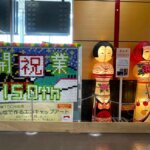
![[JR East Pass Trip: Day 2 Part 1] I'm already turning back to Iwate. Our goal is Hiraizumi, a town of history! Shinkansen platform near Akita Station](https://jp.neft.asia/wp-content/uploads/2022/12/IMG_3940-1200x900-1-150x150.jpg)
![[JR East Pass Trip: Day 3] A day trip to Aomori Bullet Tour to foster your energy at home! Tsugaru Kokeshi at Shin-Aomori Station](https://jp.neft.asia/wp-content/uploads/2022/12/IMG_3878-1200x675-1-150x150.jpg)
![[Series: Tracing the narrow path of the depths ④] Arriving at Hiraizumi, the Pure Land of the three generations of Fujiwara Basho, a dream of Basho Oku no Hosomichi 4](https://jp.neft.asia/wp-content/uploads/2023/09/addf9e31ea8b62f6903d5ad9db53d39e-1-150x150.jpg)
![[JR East Pass Trip: Part 2 of Day 1] Strolling around Akita City on the first day, delicious local sake and local cuisine! Giant Akita dog at Akita Station](https://jp.neft.asia/wp-content/uploads/2022/11/IMG_3762-1200x675-1-150x150.jpg)
![[JR East Pass Trip: Part 2 of Day 2] After seeing Mokoshiji Temple, the remains of the soldiers' dreams, we returned to Sendai temporarily! Pure Land Garden at Mokoshiji Temple](https://jp.neft.asia/wp-content/uploads/2022/12/IMG_3853-1200x675-1-150x150.jpg)
![[Iwate Prefecture] Chusonji, a world heritage site famous as the temple of the third generation of the Oshu Fujiwara clan Chusonji Temple](https://jp.neft.asia/wp-content/uploads/2016/09/tyusonji-150x150.jpg)
![[JR East Pass Trip: First Day 1] On the first day, we went to the samurai residences in Kakunodate in the morning! Kakunodate samurai residence](https://jp.neft.asia/wp-content/uploads/2022/11/IMG_3751-1200x675-1-150x150.jpg)
![The 10th journey of the anime "That's Journey" is a trip to Iwate Prefecture, a place associated with Kenji Miyazawa [Iwate Prefecture] galaxy railway night](https://jp.neft.asia/wp-content/uploads/2025/09/27594807_s-150x150.jpg)
